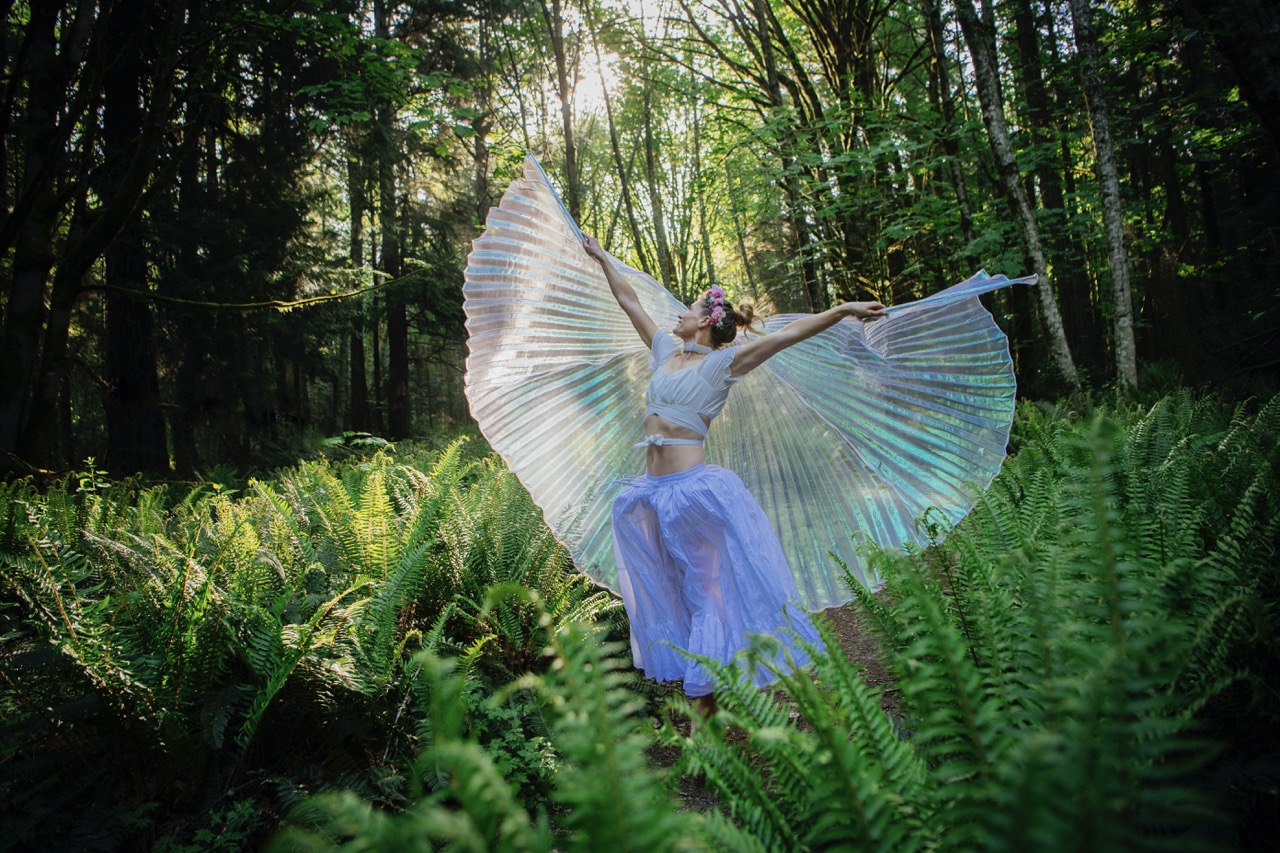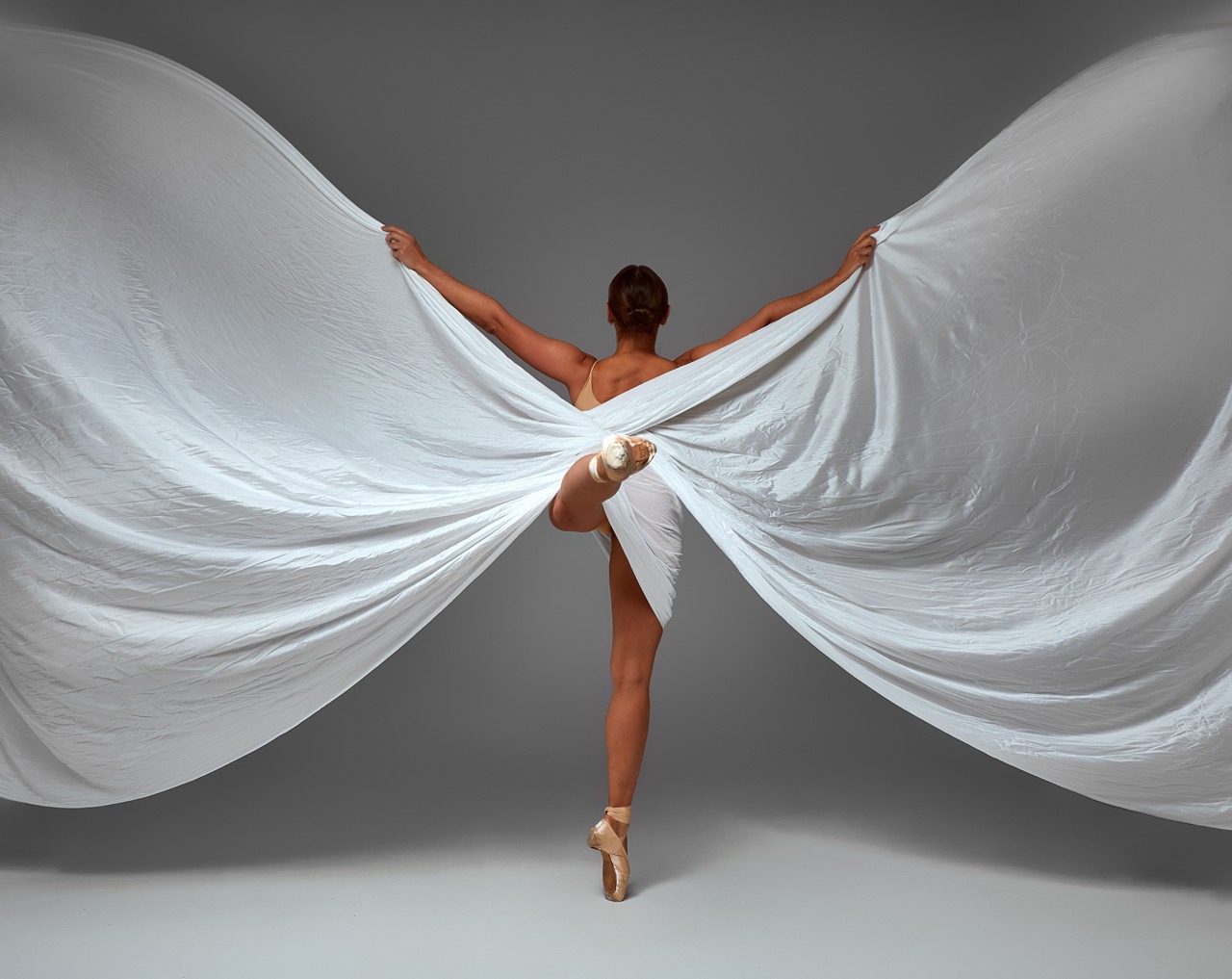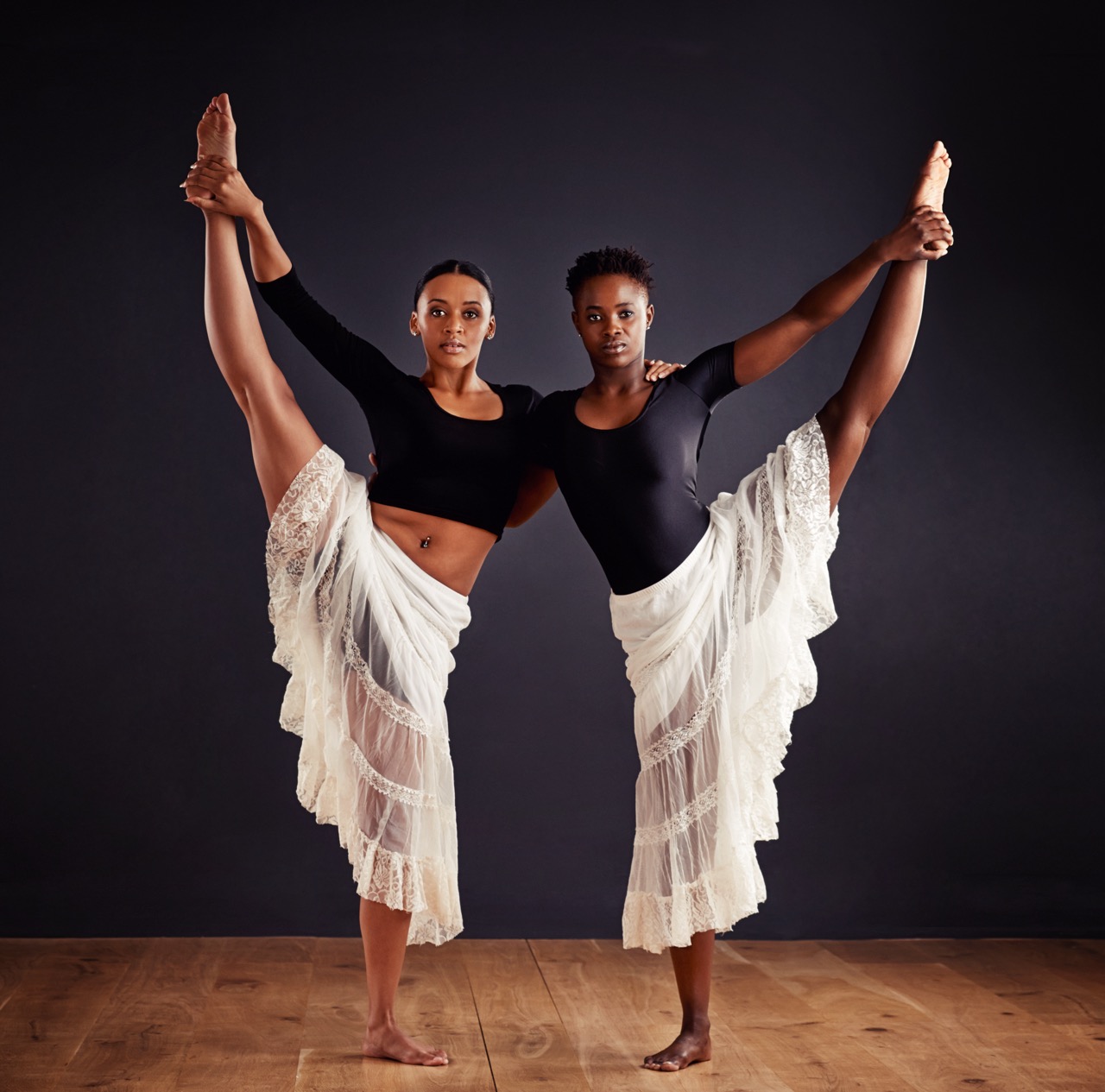Creating dance wings that captivate audiences goes beyond mere aesthetics; it’s an intricate blend of art and engineering that enhances performance. These enchanting accessories are not only visually stunning but also serve as powerful tools for expression and movement. In this article, we will explore the multifaceted process of designing high-performance dance wings, from the initial concept to the final artistic touch, ensuring that the resulting piece resonates with both dancers and spectators alike.
Unveiling the Magic: Designing Dance Wings for Impact
The design phase of dance wings is where imagination takes flight. Dancers and choreographers should begin by envisioning the emotional narrative they wish to convey. Do the wings need to evoke a sense of freedom, elegance, or even mystique? Collaborating with dancers during this stage is crucial, as their input can provide valuable insights into how the wings will interact with their movements. Sketching out concepts and using digital design software can help visualize different shapes and styles, allowing for an iterative approach that refines the vision.
In addition to aesthetic considerations, the functionality of dance wings cannot be overlooked. The design should facilitate a range of movements without hindrance, ensuring that the dancer feels liberated rather than constrained. Experimenting with various silhouettes—such as elongated, sweeping forms or more geometric shapes—can yield different visual impacts on stage. Understanding the lighting and staging environment is also vital; wings that shimmer and catch the light can create stunning visual effects that enhance the overall performance.
Once the initial designs are finalized, prototypes should be created to test their impact in practice. This stage allows for adjustments based on the dancer’s feedback regarding comfort and mobility. It is here that the magic of dance wings truly begins to materialize, as the blend of artistry and functionality unfolds, setting the stage for the captivating performances to come.
Materials Matter: Choosing the Right Fabric and Structure
The selection of materials is one of the most critical aspects in creating high-performance dance wings. Fabrics should not only be visually appealing but also lightweight and durable to withstand the rigors of performance. Sheer fabrics like chiffon or organza can provide a sense of ethereal beauty, allowing light to pass through and create a mesmerizing effect. Conversely, sturdier materials like taffeta or nylon can add structure and volume, making the wings more dramatic as they unfurl during movement.
In addition to fabric choices, the structure of the wings plays a significant role in their performance. Utilizing flexible framing materials, such as lightweight aluminum or carbon fiber rods, can provide the necessary support without adding excessive weight. This allows the wings to maintain their shape while enabling the dancer to execute a wide array of movements. The balance between rigidity and flexibility is vital; the wings must be robust enough to withstand wear while also allowing for graceful arcs and flows that complement the dancer’s choreography.
The finishing touches on the fabric selection should also consider the wings’ response to environmental factors. For outdoor performances, breathable and water-resistant fabrics might be necessary to ensure durability against the elements. Ultimately, the right combination of materials will not only enhance the visual appeal of the wings but also elevate the dancer’s performance, marrying style with practicality.
Techniques to Elevate Performance: Crafting with Purpose
Crafting high-performance dance wings requires techniques that elevate both their visual allure and their functional capabilities. One essential technique is the use of layering, which can add depth and dimension to the wings. By incorporating multiple fabrics and textures, designers can create mesmerizing visual effects that shift during movement. Each layer can respond differently to the dancer’s actions, allowing the wings to flutter, billow, or glide, enhancing the overall dynamic of the performance.
Another important consideration is the attachment method used to connect the wings to the dancer. Innovative designs, such as harnesses or adjustable straps, can ensure a secure fit while allowing for easy adjustments. This ensures that the wings remain in place, providing an uninterrupted performance, while also offering comfort. A well-designed attachment not only aids in stability but also allows the dancer to fully inhabit their role without concerns over the wings’ performance.
In addition to physical techniques, understanding the choreography is crucial. Designers should collaborate closely with choreographers to ensure that the wings work harmoniously with the planned movements. Testing the wings during rehearsal can reveal how they interact with different steps and sequences, leading to necessary adjustments that enhance both the visual and kinetic aspects of the performance. This synergy between design and choreography is what ultimately transforms dance wings into a vital extension of the dancer’s expression.
The Final Flourish: Adding Artistic Details and Finishes
Once the foundational elements of the dance wings are complete, it’s time to infuse the creation with artistic details that will elevate its appeal. Embellishments such as sequins, beads, or fabric paint can add sparkling accents that catch the light beautifully, creating a visual feast for the audience. The choice of embellishments should align with the overall theme of the performance; for instance, ethereal performances may benefit from delicate, shimmering details, while more robust pieces might incorporate bolder artistic elements.
Incorporating dye techniques such as ombre or tie-dye can also create striking gradients that enhance the wings’ visual impact. Gradients can evoke emotion and suggest movement, further drawing the audience into the narrative of the performance. Designers can experiment with color palettes that complement the dancer’s costume, ensuring a cohesive look that resonates with the overall aesthetic of the show.
Finally, the finishing touches should also consider practicality. Reinforcing seams, adding weights at strategic points, or creating pockets for hidden features can enhance both performance and durability. A well-finished piece not only looks stunning but also performs effectively, allowing the dancer to focus on their art rather than the mechanics of their costume. This meticulous attention to detail ensures that the dance wings are not only functional but also a true work of art.
The journey of creating high-performance dance wings is as enchanting as the performances they enhance. From the initial design concepts to the selection of materials, techniques, and artistic finishes, each step plays a vital role in crafting wings that not only look beautiful but also elevate the dance experience. By blending artistry with functionality, designers can create wings that resonate with both dancers and audiences, ensuring that the magic of performance truly takes flight. As you embark on this creative endeavor, remember that the true art of dance wings lies in their ability to transform movement into a captivating spectacle, celebrating the beauty of dance in all its forms.










